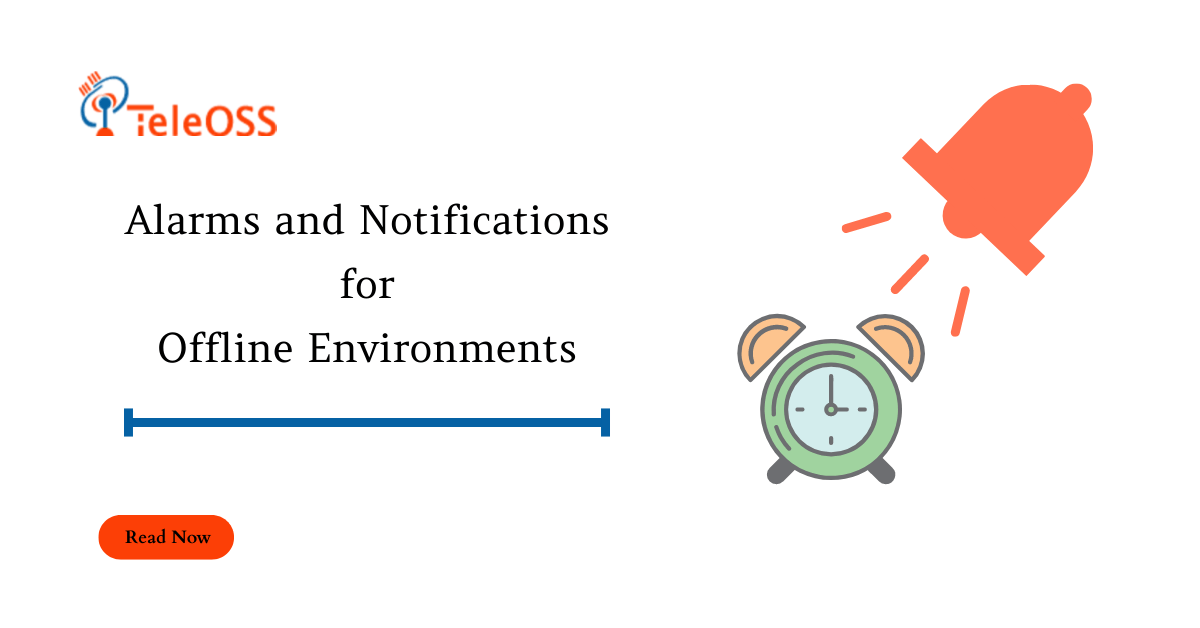Long gone are the days of using pagers and even SMS sounds old-fashioned as a form of regular communication. The world has now entered an era where 5G is winning over communication technology. But with these fast and fascinating developments come worries about security and privacy in online platforms.
With all these concerns increasing every day, we might want to consider going back to where we started: SMS Gateways and HA Environments.
What are HA Environments?
High-Availability (HA) environments are systems that have been thoroughly tested, are well-equipped, and are dependable enough to run continuously without breaking down. These settings prioritise preventing single points of failure and ensuring their application keeps processing requests.
Effective notification systems and monitoring can make a significant difference in these high availability systems. Effective notification management, for instance, is essential when there is connective scarcity because these alerts frequently mean the difference between resolving a potential crisis and suffering severe losses. Notifications and alerts are crucial in the event of unanticipated malfunctions that could potentially interrupt critical processes because a delay in recovery could have a domino effect and damage the HA environment. These alerts and notifications are typically sent via push notification features, which include alerts sent through calls, SMS, email, and mobile applications.
But the functioning is slightly different for offline settings. Offline environments can arise for a variety of reasons, but the most frequent ones are cutting off the internet due to security precautions or internet connectivity problems due to location. With the exception of two—calls and SMS—most of these push notifications experience bottlenecking when the systems are offline.
How do Hardware SMS Gateways Work?
Hardware SMS gateways need to connect to an SMSC or short message service centre, a specialised server inside a cellular network, in order to send and receive text messages. SMS is carried over the IMS core network to the SMSC in the 4G LTE network and is enclosed in a SIP message. SMS is sent over the 3G UMTS network using the Signalling Radio Bearers. Both times, these are cellular network-specific internal connections. When a text message is received by an SMSC, the cellular network core forwards it to the intended recipient.
Why do we Need Hardware SMS Gateways?
Not only are Hardware SMS Gateways remotely accessible, but they are also remarkably reliable. They allow installation on-site that permits total data confidentiality and, of course, enables cellular network access for communication without the Internet.
With more than ten years of designing and developing software solutions, TeleOSS is an award-winning SMS gateway solution. More than 60 countries, including the UK, US, Australia, Africa, India, and Singapore, have deployed TeleOSS solutions. TeleOSS provides a full range of platform solutions with a focus on the bulk SMS market. Through the use of TeleOSS SMS Gateway software platforms, which have sets of solutions created to support high volumes of SMS and OTT messaging along with cutting-edge features to give you the best services at affordable prices, millions of SMS are sent every day.


